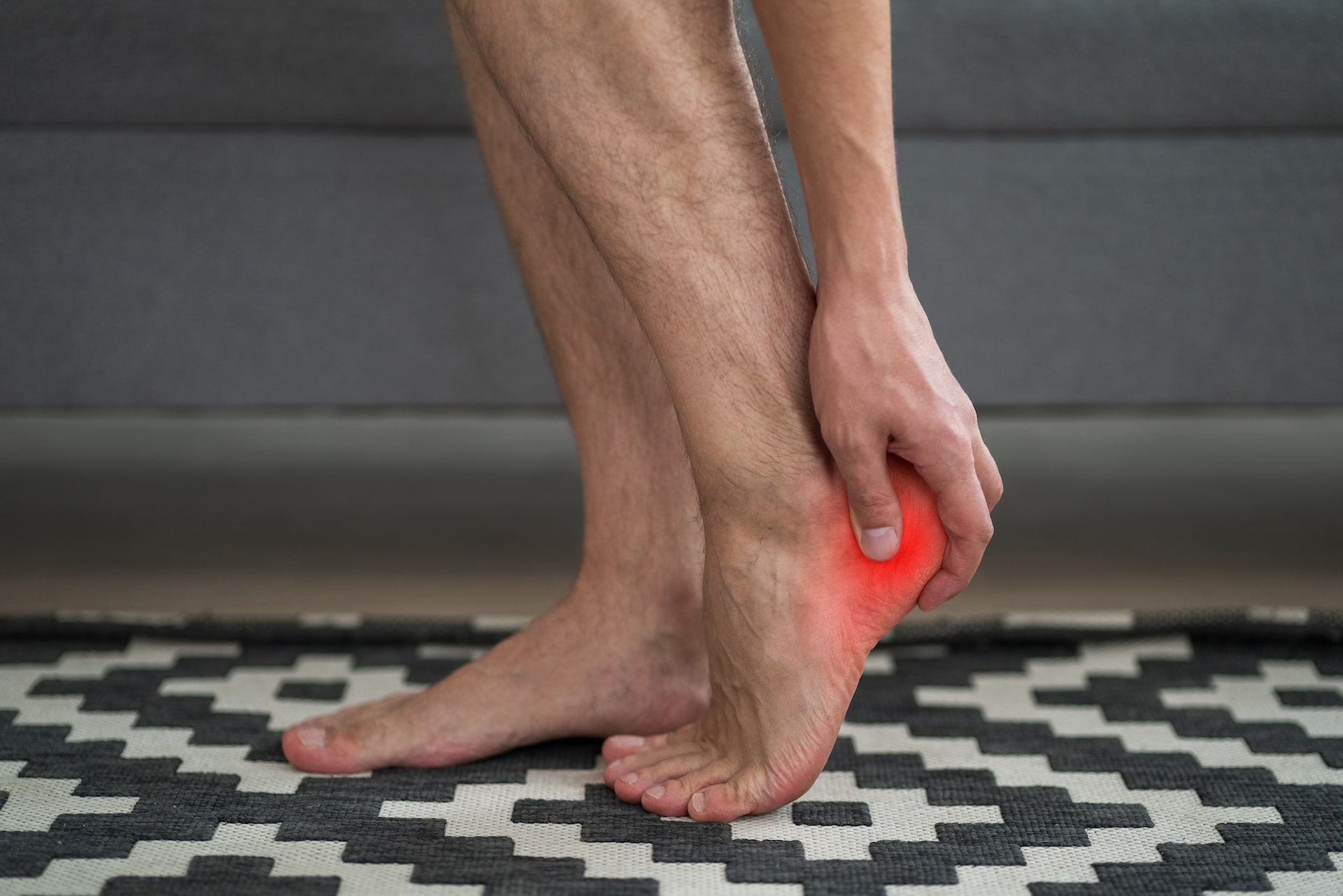Children’s feet continue to grow
The bones of the feet, ankles, and other parts of a child’s body rapidly change and develop with significantly more highly elastic cartilage than adults. In addition, the average child’s foot has a higher amount of energy and force applied when walking, running, or jumping compared to an adult foot. Combined, these factors make treating childhood fractures much more complex. Without proper treatment, there is potential for long-lasting, growth-related damage due to fractures, as well as risk of early degenerative joint changes.
Treating fractures in children
The vast majority of fractures in children require little more than immobilization with a cast or splint. However, if the fracture is more complex, it may require reduction or surgery prior to application of immobilization. It is important to identify the fracture as early as possible and differentiate it from other types of injuries so that treatment may be initiated as soon as possible. With advances in x-ray and other imaging technology, it is easier than ever for doctors to confirm suspected fractures and initiate treatment right away. In addition, your child’s doctor may also be able to differentiate between fractures and other injuries such as to tendons and ligaments in the area of concern.
Signs of fractures in children
Sometimes a fracture will be quite obvious due to deformity. However, when it isn’t obvious, signs of a fracture in the foot, ankle, or leg may cause swelling, bruising, or tenderness to the injured area. Most fractures in the lower extremities will prevent the ability to walk normally without significant pain, but children may suffer through the pain in an effort to continue with their activities. It’s important to take symptoms seriously, even if your child is still able to walk and play. In addition to pain, swelling, or bruising, a grinding or snapping sound at the time of injury is often a telltale sign of a fracture. Pain when moving, touching, or pressing on the injury is also common even if your child is still playing or participating in activities.
Sports and physical activity in children with foot and leg fractures
After a fracture, your child will likely have to stop participating in sports and other types of physical activity for a period of time. On return to activities, they may also require protective devices such as a special brace or splint. Return to activities should be gradual and under the direction of your child’s doctor. As a parent, it’s important for you to enforce these restrictions with your child’s teachers or coaches in addition to monitoring your child’s activities at home. Returning to activities too soon or too quickly may result in further injury or poor healing of the original injury. Because children are still growing and developing, this could potentially result in long-term consequences.
If you suspect your child may have a foot, ankle, or lower leg injury, please call Kansas City Foot Specialists today at (913) 338-4440. Healthy development of your child’s feet and legs may help reduce biomechanical problems later in life, including preventing or delaying chronic joint or back pain that is so common in many adults.



